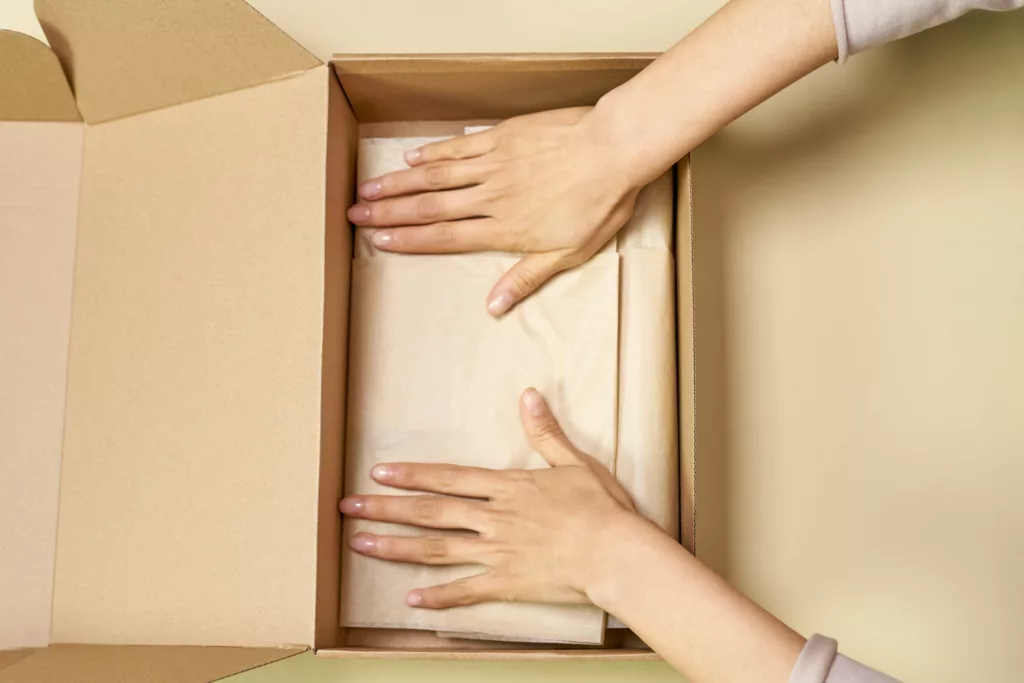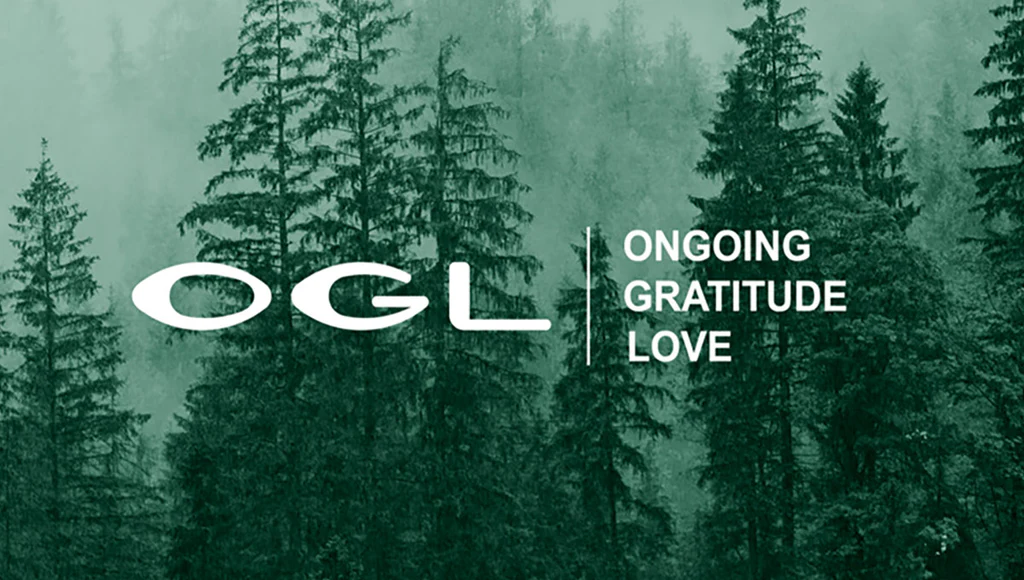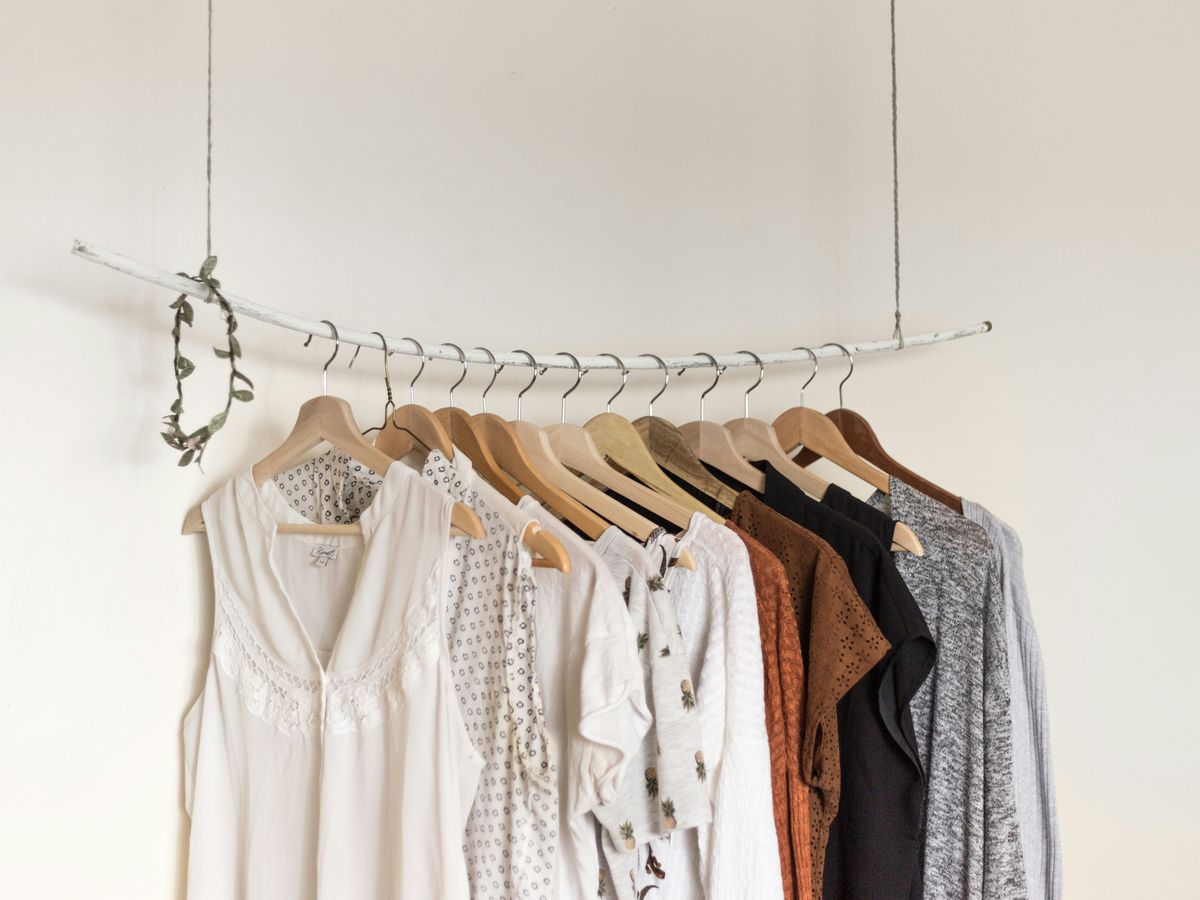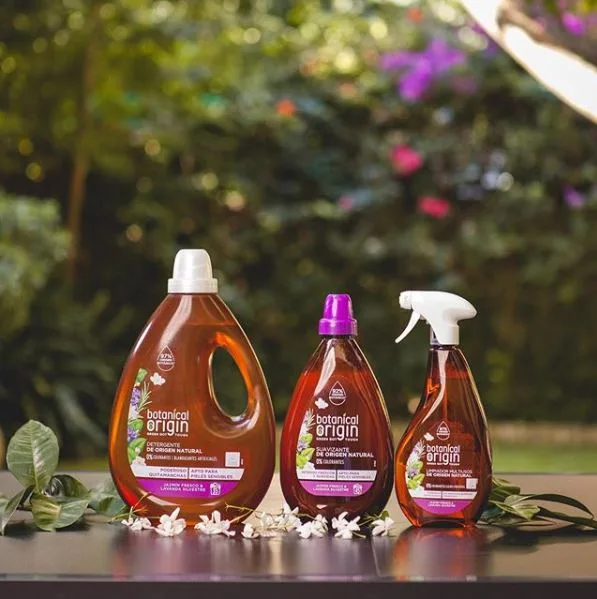In the journey towards sustainable living, understanding the impact of our kitchen choices is paramount. Parchment paper, a common kitchen staple, is under scrutiny: Is parchment paper compostable? What are the eco-friendly alternatives? This guide dives deep into these questions, providing clear answers and sustainable solutions.
As we navigate through the nuances of parchment paper, its types, and its place in a zero-waste kitchen, you’ll discover how to align your baking practices with green living principles. By the end of this article, you’ll be equipped with knowledge and practical tips to make your kitchen more sustainable, ensuring that your culinary adventures contribute positively to our planet.

What is Parchment Paper?
Parchment paper, also known as baking paper, is a chef’s ally in creating non-stick, perfectly baked goods. But what exactly is it? It’s a heat-resistant paper treated to resist moisture and grease, providing a non-stick surface for baking. There are two main types: bleached (white) and unbleached (brown). The bleached variety undergoes a chlorine treatment, giving it a white color, while the unbleached is natural brown. For those striving for a sustainable kitchen, understanding these types is crucial. The unbleached parchment paper is more eco-friendly, aligning better with sustainable living practices. By choosing the right type of parchment paper, you’re taking a step towards greener baking and contributing to a zero-waste kitchen.
Is Parchment Paper Compostable?

When it comes to composting, not all parchment paper is created equal. The compostability of parchment paper depends on its type and treatment. Unbleached and unwaxed parchment paper is the best choice for your compost bin. It breaks down more easily and doesn’t contain harmful chemicals that could leach into your compost. On the other hand, bleached parchment paper, especially those treated with chlorine, can release dioxins, harmful to both the environment and human health. These dioxins can persist in the environment, accumulating in the food chain and potentially causing serious health issues. Therefore, it’s crucial to choose unbleached, biodegradable parchment paper for both baking and composting.
However, even with the right type of parchment paper, patience is key. Parchment paper takes longer to break down compared to other kitchen scraps, usually around 30 to 90 days. But, with proper shredding and mixing, you can expedite the process, turning your kitchen waste into valuable compost. This practice not only contributes to your composting efforts but also aligns with zero-waste living, making the most out of your kitchen waste.
Factors Affecting the Compostability of Parchment Paper
The journey of parchment paper from the kitchen to the compost bin is influenced by various factors. The treatments and coatings applied to the paper play a crucial role in determining its compostability. Silicone-coated or waxed parchment paper are not compost-friendly as they resist breaking down, hindering the composting process. Choosing unbleached, unwaxed parchment paper ensures a product safe for both baking and composting, aligning with sustainable living practices.
The environmental impact of using parchment paper also depends on these treatments. Bleached parchment paper, especially those treated with chlorine, can have detrimental effects on the environment. The chlorine treatment releases dioxins, which can contaminate soil and water, posing risks to wildlife and humans. On the other hand, unbleached parchment paper has a lower environmental impact, making it a more sustainable option for those looking to reduce their kitchen’s carbon footprint.
Also Read: Can You Reuse Tea Bags? Sustainable Practices You’ll Love
How to Compost Parchment Paper Properly?

Composting parchment paper is a straightforward process, but it does require some preparation. Cutting or shredding the paper into smaller pieces can expedite decomposition, turning your kitchen waste into valuable compost in no time. This practice not only contributes to your composting efforts but also aligns with zero-waste living, making the most out of your kitchen waste.
To start, ensure that you’re using unbleached, unwaxed parchment paper. Once you’ve finished baking, simply remove any food residue from the paper. Next, cut or shred the parchment paper into small pieces. The smaller the pieces, the quicker they will break down in the compost bin. Add the shredded parchment paper to your compost bin, mixing it with other green and brown materials. Ensure that the compost bin has adequate moisture and aeration to facilitate decomposition.
With patience and proper composting practices, your parchment paper will break down, contributing to rich, nutrient-dense compost. This practice not only reduces kitchen waste but also aligns with sustainable living practices, promoting a healthier planet.
Alternatives to Parchment Paper
Embracing eco-friendly alternatives is a significant step towards a sustainable kitchen. Products like silicone baking mats or reusable baking sheets serve as excellent substitutes for parchment paper, offering the same non-stick benefits without waste. By choosing these sustainable options, you are contributing to a greener planet and promoting sustainable living.
Also Read: Discover the Best 9 Biodegradable Garbage Bags
Recommended Products

The ComfyLife Unbleached Pre-cut Parchment Paper Sheets stand out as an ideal choice for bakers who are mindful of their environmental impact. These sheets are completely unbleached, ensuring that no harmful chlorine-based chemicals are used in their production.

The OXO Good Grips 3-Piece Swivel Peeler Set is designed for effortless peeling with its sharp, stainless steel blades. Each peeler features a comfortable, non-slip handle for easy use, and the set includes a Y-shaped peeler, a serrated peeler, and a julienne peeler. Ideal for various peeling tasks, this set combines durability and versatility for efficient food prep.

The Unbleached Parchment Paper by Supplies Sense offers a non-stick and non-toxic solution for your baking needs. Made from eco-friendly, biodegradable materials, it ensures easy food release and cleanup while being safe for the environment. Oven safe up to 450°F, this unbleached parchment paper is ideal for baking, roasting, and more, making it a versatile addition to any kitchen.

Parchment Prodigy Non-Stick Parchment Paper is a versatile and eco-friendly baking solution. Made from non-toxic, biodegradable materials, it offers a non-stick surface for easy food release and clean-up. Oven safe up to 450°F, this parchment paper is perfect for baking, roasting, and steaming, making it a great addition to any kitchen.

If You Care Unbleached Parchment Paper is a sustainable choice for baking and cooking, made from 100% recycled paper. It features a greaseproof, non-stick surface that ensures easy food release and cleanup. Free from chlorine and other harmful chemicals, it is oven safe up to 420°F, making it an eco-friendly and versatile kitchen essential.

Baker’s Signature Unbleached Parchment Paper offers a non-stick, silicone-coated surface that ensures easy food release and cleanup. Made from eco-friendly, biodegradable materials, this parchment paper is unbleached and non-toxic. Oven safe up to 450°F, it’s perfect for a variety of baking and cooking needs, making it a versatile and environmentally conscious choice for any kitchen.
Conclusion
Understanding the compostability of parchment paper and choosing eco-friendly alternatives are crucial steps towards achieving a sustainable kitchen and promoting green living practices. This guide has provided you with the facts, alternatives, and tips needed to make informed decisions, ensuring that your baking practices contribute positively to the environment. Embrace sustainable living today and transform your kitchen into a haven of eco-friendly practices for a better tomorrow.
Ready to bake sustainably? Browse our curated selection of eco-friendly product alternatives and transform your kitchen practices today for a greener tomorrow!









